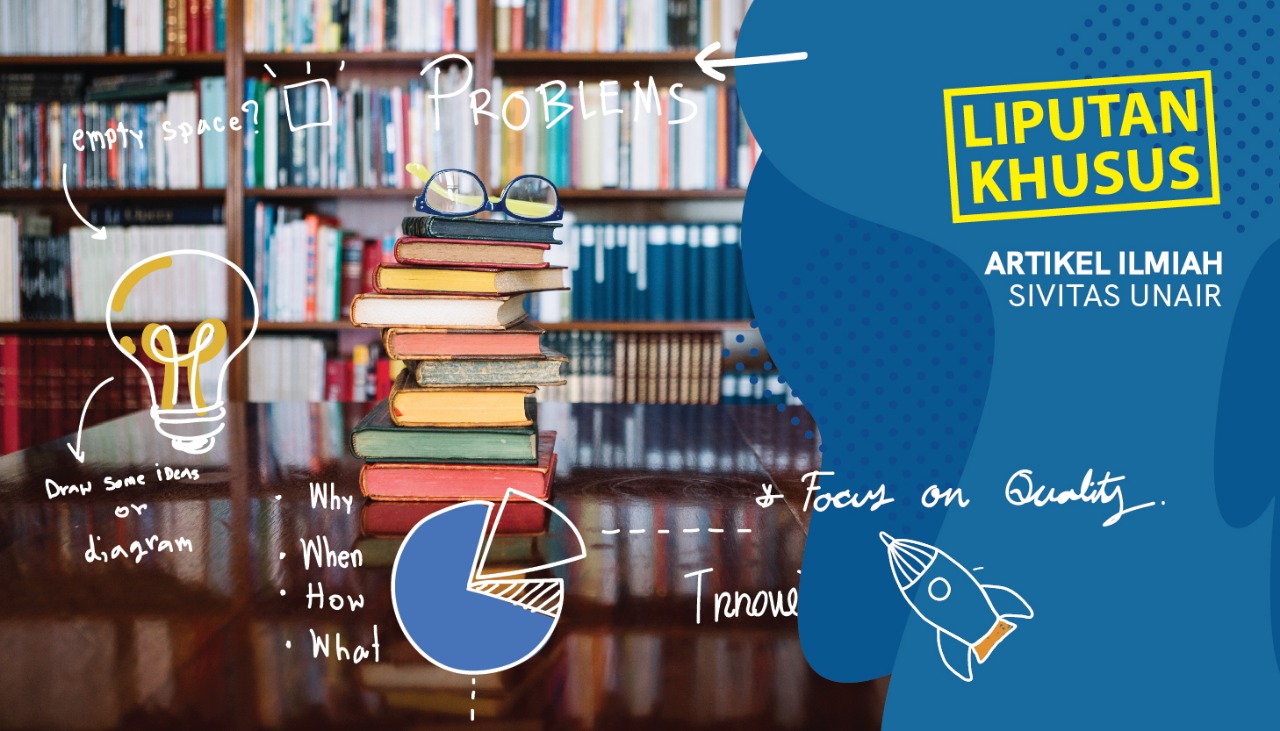UNAIR NEWS – In public libraries in several cities in Indonesia, the website becomes a means to interact with users. Some libraries also add a digital library menu as a form of service. As an institution providing information services, libraries are required to be able to provide adequate access to information for each user. However, has the library paid attention to accessing digital services for people with disabilities?
Lecturer in Information and Library Science, Fitri Mutia., A.KS., M.Si. stated that for conditions in Indonesia, the existence of digital libraries is still in the hybrid library position. Hybrid library or mixed library is a library that combines the concepts of digital collections and print collections. Thus, many libraries have not applied the concept of a digital library specifically for disabled users.
“The form of a digital library is not yet fully operational, so it is not only disability library users who have not been able to access the library, but for public library users it is also not easy,” she explained.
Several rules or guidelines need to be followed by an institution to develop a digital library for disabilities. Besides, people with disabilities need to be involved in library program planning. It is intended that the library knows the exact information needs of users, and can provide appropriate and appropriate services.
“For example, in low vision disabilities (low vision ability, Red), some menus on computer screens need to be adjusted to the colours used, screen magnifer software is needed to enlarge text, or screen readers are provided to help them read text on a computer screen,” she explained.
Likewise, some aspects must be adapted to the special conditions of each disability. Mutia said that the digital library management system is almost the same as a library in general. It’s just that digital libraries utilize technology in serving the needs of users. Thus, users can access library information and services online and are more flexible.
“For example, users need circulation services to borrow the information sources they need. When using a digital library, users can enjoy it without having to visit the library physically, “said the lecturer of Special Group Information course.
Until now, library services for disabled users are still in the form of disability corners in public libraries and university libraries. Some libraries also provide special facilities to access information for people with disabilities. Several adaptive technologies need to be provided so that library users with disabilities can more easily and comfortably utilize library services. (*)
Author: Zanna Afia
Editor: Nuri Hermawan
Reference:
Mutia, Fitri. 2016. The Availabitlity of Access for User with Disability on Digital Library. International Journal of Knowledge Management and Practice, Vol. 4 (1)
Link: https://www.researchgate.net/publication/307871983_The_Availabitlity_of_ Access_for_User_with_Disability_on_Digital_Library





